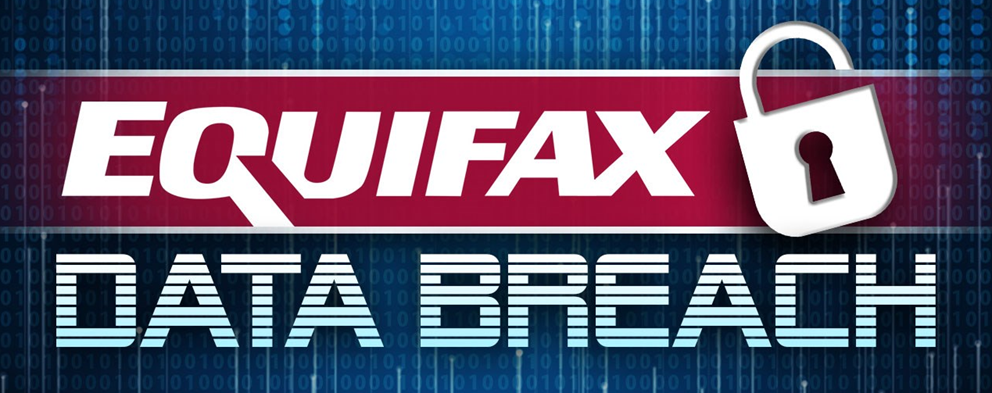
Avoid the Dreaded “Credit Freeze”: What You Need To Know About the Equifax Security Breach
September 15, 2017Consistent Marketing Will Payoff Over the Long Run
September 19, 2017As we have written previously GDP growth in Q1 was disappointing at 1.2%, but Q2 did rebound to 3.0% based on the “second” estimate from the Bureau of Economic Analysis as of the end of August. The better growth figures in Q2 were partly driven by increases in personal consumption. The consensus estimate for Q3 GDP growth is 2.7% with the GDPNow estimate from the Atlanta Fed at 3.0%. However, Hurricanes Harvey and Irma may very well have a near term impact on growth in Q3 and don’t appear to be factored into those estimates. One of the major brokerage houses recently reduced its’ estimate for Q3 growth to 2.0% factoring in the impact from the hurricanes. While prior natural disasters have impacted growth in the near term, there has usually been a bounce-back effect on growth in subsequent quarters.
…Same Story with Job Growth…
The Labor Department reported the economy created only 156,000 jobs in August but that was following stronger job creation in June and July as the economy created 399,000 combined for the two months. The unemployment rate remains low at 4.4%. Weekly jobless claims have increased the first two weeks of September which indicate there could be an impact on job growth for the month of September overall as a result of the hurricanes.
…Consumer Loan Performance Remains Steady…
The S&P Consumer Credit Default Index has remained steady at 0.83% as of the end of July, unchanged compared to July 2016 and down slightly from 0.89% as of December 2016. In our last update we mentioned that the sub-index for Bankcards (i.e. credit cards) had been steadily increasing over the prior year. As of the end of July there was some improvement in the Bankcard Default Index to 3.31% compared to 3.53% as of the end of May but it was still up compared to 2.92% at the end of July 2016.
…the Fed is on Hold, For Now…
The Federal Reserve has raised rates twice this year, 0.25% in March and in June. Current market expectation is that there is a 50% chance the Fed will raise interest rates again in December. The uncertainty with regard to future interest rate increases despite solid GDP and employment trends is driven by subdued inflation readings the past several months. The turmoil caused by the hurricanes could also cloudy the picture as well. As a reminder, interest rates for a variety of consumer loans, including home improvement loans, are in part driven by interest rate moves by the Fed.





